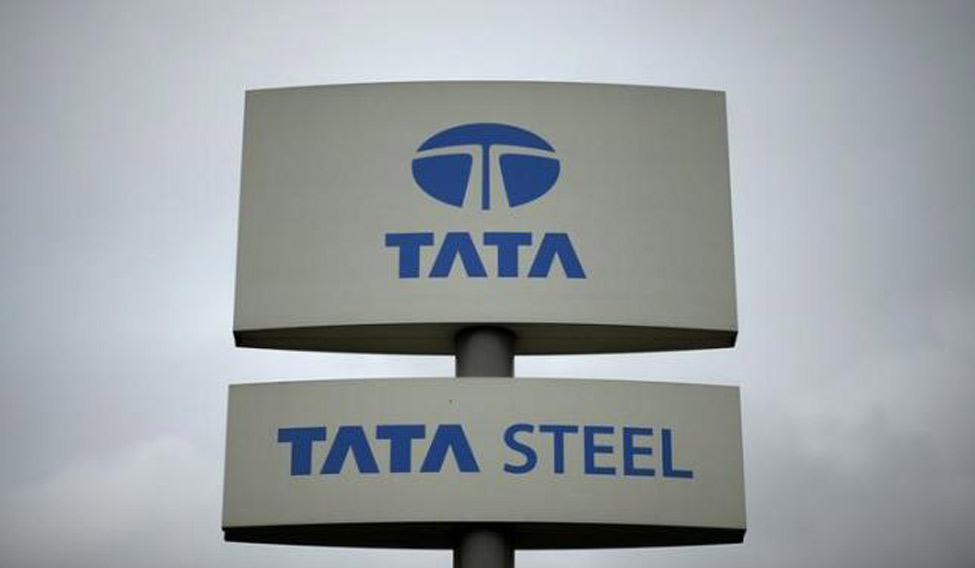A human microbiome-based diagnostic solution for asymptomatic diseases like preterm-birth and colorectal cancer by Tata Consultancy Services, dual discharge goods wagons by Tata Steel and a low oil absorb variety of besan used for deep frying snacks developed by Tata Chemicals are just a few of many innovations at Tata Group companies that are under various stages of implementation this year.
The salt to software conglomerate has published 8,000 patents so far, of which 5,000 patents were in the last three years alone.
“Our industries are in the midst of tectonic shifts driven by the democratisation of digital, automation of decisions, and a focus on the environment,” said Gopichand Katragadda, group chief technology officer at Tata Sons.
The group spent $2.8 billion or about Rs 18,400 crore on research and development in 2015-16 and will continue to spend about 2.8 per cent of its total revenue on R&D and innovation going ahead too, he said.
The Tata Group reported a revenue of Rs 677,556 crore ($103.51 billion) in the year ended March 2016. The company is yet to disclose earnings for the 2016-17 fiscal year. The group market capitalisation as on May 10 stood at Rs 810,809 crore ($125.5 billion).
“We will look at getting sharper on the focus, making the innovation spend more efficient looking at the outcomes and metrics,” Katragadda told THE WEEK.
Innovations showcased by Tata companies at its annual Innovista programme have doubled over two years. This year, over 3,300 implemented innovations were showcased in the programme, a significant number of them incorporating digital technologies, in areas like industrial automation, customer experience enhancement and advanced engineering simulations. Each year, there are about ten winners.
The projects that have been earlier showcased at Innovista are already contributing about $1 billion in revenue to the group on an annual basis, but Katragadda feels there is a scope for much more.
“If you look at the current revenues at the group level and the market cap at the group level, we can easily improve by getting more innovative at each company level. And that is not in the billion dollar range, but hundred billion range. That is something we have to target by each company working on their innovation roadmap,” said Katragadda.
How will the group monetise the new innovations?
“Our approach would be to license out the intellectual property or to have a business launch based on the outcomes. We are open to both approaches; as the technology gets field tested we will identify which is the best way to go forward,” said Katragadda.
Digital technologies, mining data that can provide insights to new business models, technologies intersecting biology, computing and new materials will be some of the areas that the group wants to focus on.






